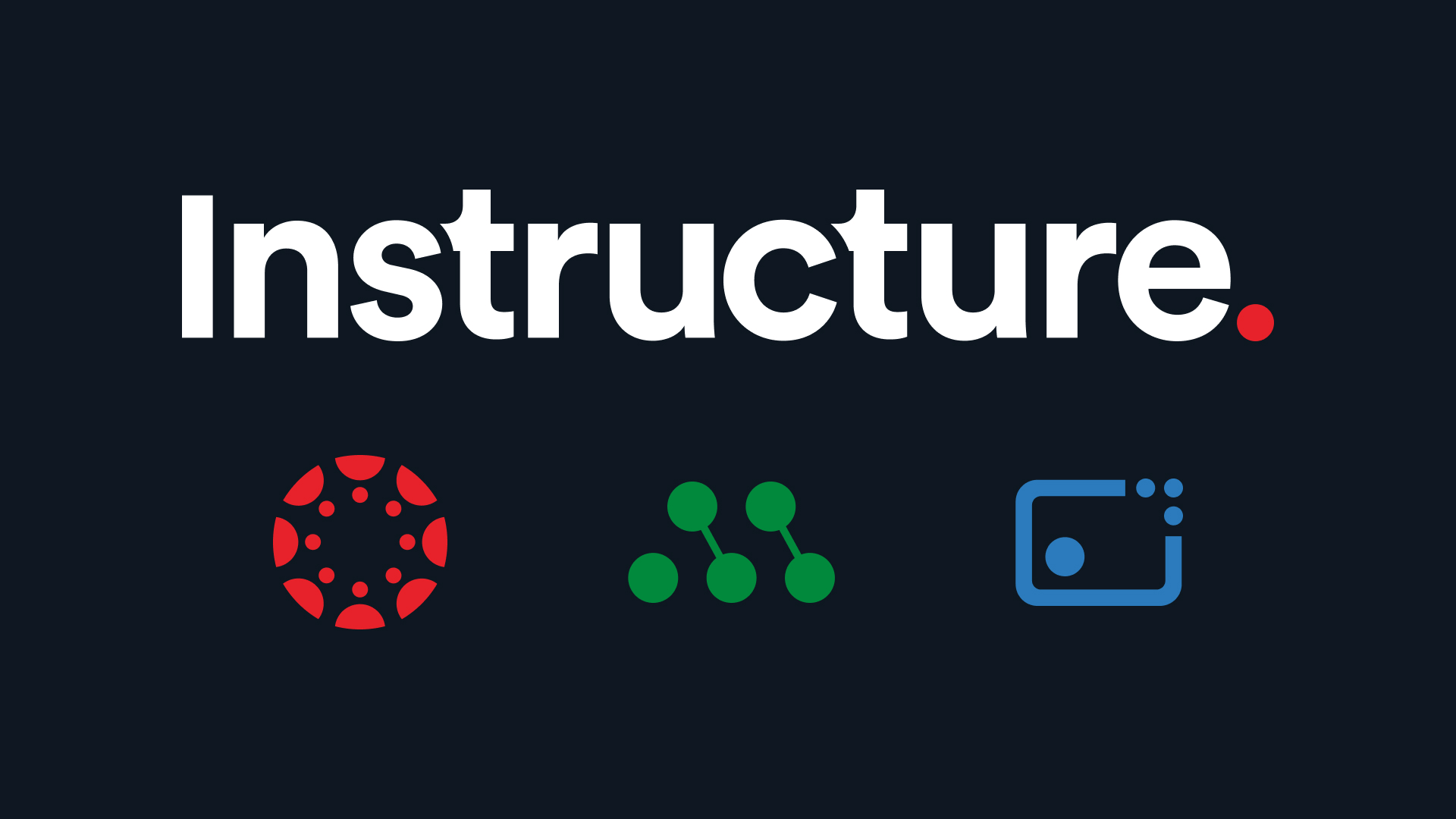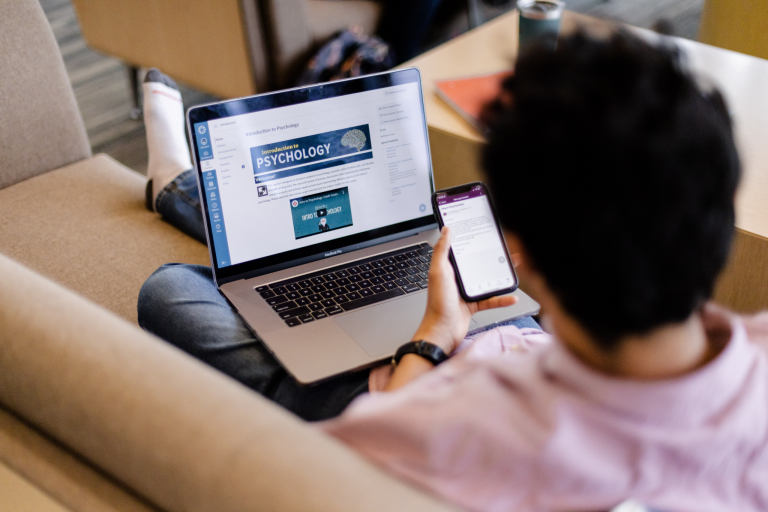As edtech evolves, institutions are utilizing these advancements to better meet the needs of their students. By identifying barriers to learning, institutions can take action and use tech to expand learning experiences.
Socioeconomic barriers have been identified as leading factors impacting student success and should be addressed by higher education institutions. A student’s place of residence is a socioeconomic factor that could serve as a geographical learning barrier or education desert.
In this article, we’ll discuss geographical barriers, such as education deserts, and how online and remote learning facilitates access to learning opportunities.
What is an Education Desert?
Education Deserts are locations that lack proximity to public, broad-access colleges or universities, limiting a resident’s physical access to educational resources. Therefore rural areas are impacted the most, furthering education gaps between rural and urban locations. But with the expansion of online learning and tech-enhanced education, are education deserts still an issue?
In the U.S. alone, 33 million people across 1,716 counties live in education deserts, according to a 2022 Wiley University Services report. With nearly 10% of the U.S. population living in education deserts, a significant number of students face challenges accessing learning resources.
Given access to the Internet is available, technology can help students in the U.S. and beyond receive a quality education without being in the physical classroom. Many higher education institutions have recognized that a robust learning management system can support all learning modalities, enhancing on-site instruction, hybrid learning, and furthering flexibility through online and mobile learning. For students with access to the internet and technology resources, institutions can reduce or remove geographic barriers with accessible online learning programs.
Breaking Geographical Barriers with Online Learning
When considering an educational investment, students may factor in the cost of living and transportation. According to the 2022 State of Student Success & Engagement in Higher Education, two-thirds of students want to take some courses fully online. With online learning, students can forgo a commute and have more flexibility in their learning, expanding opportunities for learners, especially those with multiple obligations outside their education.
View the Mississippi Community College Board case study to see how they use online learning to reach students throughout the largely rural state, making education accessible to those who might otherwise face challenges attending traditional classes due to their location.
In addition to facilitating equitable learning experiences, institutions are evaluating and evolving how their online programs are delivered in an effort to improve the overall experience for remote learners.
How to Improve the Remote Learning Experience
A learning management system and other supporting edtech tools help facilitate quality instruction and course delivery anywhere, anytime. Although important for every learner, this is essential for learners who aren’t enrolled in face-to-face instruction. Here are some strategies to help remote learners get the most out of their online learning.
Establish an Online Learning Community: It's important for students to feel a sense of belonging and support when geographically separated from their college or university. Frequent communication and collaboration can help students develop rapport with peers and educators. For example, weekly discussions allow students to participate and discuss course material with other learners. Paired projects are another great way to provide collaboration opportunities, and chats work well for providing feedback, check-ins, and reminders.
Provide Engaging Instruction: Take advantage of online tools and enhance course content. Utilizing media helps turn a passive lecture into an interactive lesson, providing students with a more engaging learning experience. Gamification is another strategy to engage students, enhancing learning by more than 60%, according to a recent study.
Establish Routines, Schedules, and Order: Although online education comes with flexibility, organization helps promote academic success. Provide digital syllabi so students can understand expectations and course pacing. For instance, students should know when to anticipate assignments, lectures, discussions, assessments, etc. Calendars, reminders, and notifications can keep everyone informed and up-to-date with course expectations.
Increasing Accessibility with Mobile Learning
Learning management systems with mobile apps have an advantage in reaching students where they are, which can enhance student engagement and the overall teaching and learning experience.
The Canvas mobile app further extends convenience and accessibility to students. Higher education learners can track their learning and progress, quickly accessing course resources in the palm of their hands. According to a recent study, 99% of higher education learners reported owning a mobile device. With so many students having a mobile device and projected to spend up to 8 hours a day on their smartphones, institutions should prioritize their mobile LMS applications.
“This app is honestly a lifesaver with keeping up on my school assignments and grades. I can even turn my work in on the go with no hassle. I have seven classes to keep up with, and everyone utilizes Canvas because of its efficiency and reliability.” - Jamia, Canvas Mobile App User.
To ensure a reliable and tailored experience, students can personalize their courses and communication preferences. At their fingertips, students can also submit assignments, check grades, and communicate with their professors and peers – features that all help facilitate learning.
Global Educational Development with Online Learning
Addressing geographic and socioeconomic differences is a global effort, not unique to one region. Educational deserts are present worldwide, requiring an LMS that can facilitate global learning. This international push for online learning aims to narrow the digital divide and help all communities grow. With Canvas, learners across the globe are gaining more access to education.
Canvas LMS has partnered with ASU’s Global Initiative Campaign to provide equitable access to learning throughout the globe. In addition to addressing geographic obstacles, language barriers, and gender inequalities are also prioritized.
“Partnering with Arizona State University and Thunderbird’s 100 Million Learners Initiative brings together best-in-class educational technology with Canvas LMS and an institution focused on radical inclusion, whereby there are educational opportunities for ALL learners. Canvas enables learners by providing access to the education and information that best fits their needs, ultimately supporting them in achieving their personal goals. It truly represents Instructure’s goal, as well as my own passion, of meeting students where they are and empowering them on their personal learning journey.” - Jess Awtrey, Strategic Account Manager at Instructure
As institutions deepen their focus on providing more accessible education globally, there will need to be an intentional investment in edtech that can reach and support students with limited learning resources.
Edtech Tools for Accessibility in Higher Education
Edtech advancements are bringing opportunities to students both nationally and globally. Learn more about breaking educational barriers and increasing accessibility in higher education.
Related Content
 inst-3step.jpg
inst-3step.jpgBlogs

Blogs
 digging_deep_into_2025s_learning_trends_the_state_of_higher_education_in_anz_-_thumbnail_1.png
digging_deep_into_2025s_learning_trends_the_state_of_higher_education_in_anz_-_thumbnail_1.pngBlogs

